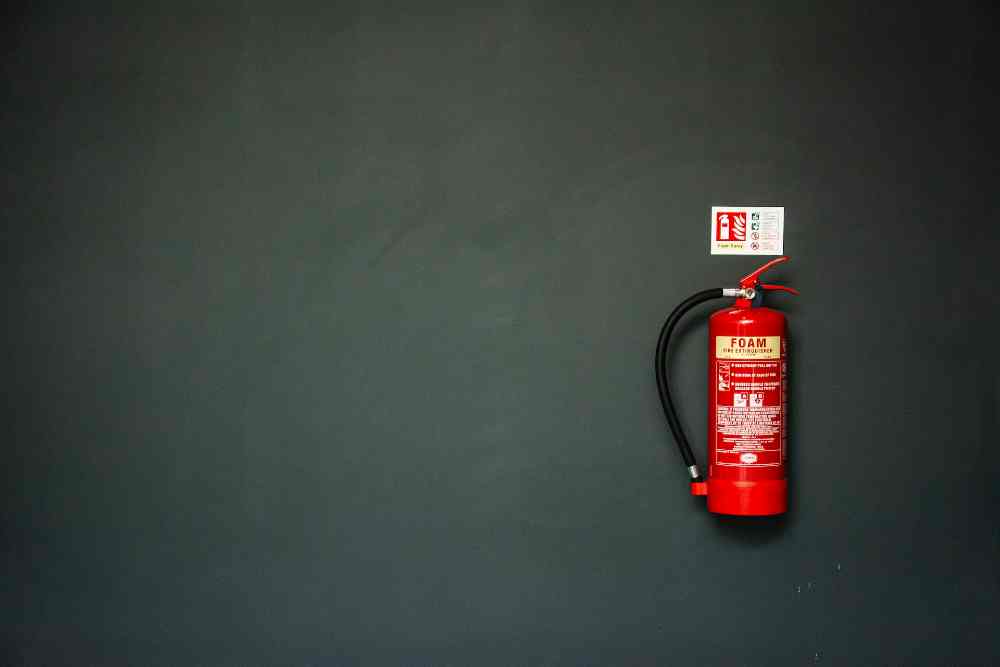Crisis Control: Strategies for Effective Emergency Preparedness
In an unpredictable world where natural disasters, accidents, and unforeseen crises can strike at any moment, being prepared is not just a recommendation but a necessity. The ability to navigate through emergencies effectively often hinges on the level of preparedness and the strategies implemented beforehand.
Whether it’s a sudden natural calamity, a medical emergency, or a power outage, having a well-thought-out plan in place can make a significant difference in mitigating risks and ensuring safety for yourself and those around you.
Understanding the Risks
In crisis control, understanding local risks is the crucial first step. For natural disasters like hurricanes, earthquakes, floods, or wildfires, recognizing these dangers enables tailored preparedness plans. A thorough risk assessment forms the basis for effective readiness. Equally important is having necessary tools like a fire extinguisher cover, often overlooked but vital for protection and quick access during emergencies.
Creating a Comprehensive Plan
Developing a comprehensive emergency plan is crucial. This plan should encompass various scenarios, outlining specific actions to take in each situation. It should include evacuation routes, designated meeting points, emergency contacts, and procedures for communication. Tailoring this plan to your household, workplace, or community is vital, ensuring that everyone understands their roles and responsibilities.
Communication Protocols
Establishing effective communication channels is paramount during emergencies. Ensure that everyone knows how to communicate within the group and with external services. Having backup communication methods such as radios, satellite phones, or alternative messaging apps is crucial in case primary systems fail.
Preparedness Kits
Preparing emergency kits is a fundamental aspect of crisis control. These kits should contain essential items such as water, non-perishable food, first aid supplies, flashlights, batteries, important documents, and any necessary medications. Customize these kits according to specific needs and ensure they are easily accessible.
Regular Training and Education
Regular training sessions and educational programs help familiarize individuals with emergency procedures. Teaching basic first aid, proper equipment usage, and emergency response protocols can significantly enhance preparedness levels. Conducting drills ensures that everyone understands and remembers what to do during high-stress situations.
Stay Informed
In our dynamic world, staying informed about potential threats is vital. Weather extremes, natural disasters, and unforeseen events necessitate awareness for proactive measures. Regularly checking local news, weather updates, emergency alerts, and community notifications is crucial. This information empowers swift responses for safety and aiding others in need. Preparedness starts with staying informed and ensuring the safety of ourselves and our communities.
Collaboration and Support Networks
In times of disaster, a united community is crucial. Collaborating with local emergency services, organizations, and neighbors builds a robust support network. These relationships offer collective responses and extra resources when required, allowing individuals to prioritize caring for themselves and loved ones. Together, we foster a resilient community ready to tackle any challenge.
Review and Update Plans Regularly
Having an emergency plan in today’s world is vital, yet it should remain flexible. Circumstances change rapidly, rendering yesterday’s plan less effective. Regular reviews and updates are crucial to maintain its relevance. Incorporating lessons from past incidents aids in adapting strategies for future emergencies. Being proactive in updating our plans ensures safety for ourselves and others amid evolving challenges.
Backup Power and Resources
In an unpredictable world, securing life-sustaining resources is crucial during crises. Exploring alternatives like generators or renewable energy ensures continuous access to essentials. Unlike traditional sources, these options guarantee the availability of crucial resources like food, water, and medical supplies during power outages. Embracing them also aids in reducing our environmental footprint, paving the way for a sustainable future.
Maintain a Resilient Mindset
Lastly, maintaining a resilient mindset is crucial. Encourage a proactive and positive approach towards preparedness. Emphasize the importance of staying calm and focused during emergencies, as a clear mind enhances decision-making abilities.
In Conclusion
The importance of crisis control and emergency preparedness cannot be overstated. It is essential to take a proactive approach to planning, training, communication, and collaboration in order to mitigate the impact of crises. Through effective preparation, individuals, families, and communities can navigate through emergencies with more confidence and safety.
It is crucial to remember that being prepared today ensures a safer tomorrow for ourselves and those around us. So let us work together to implement these multifaceted strategies and be ready to face any unforeseen event that comes our way.







0